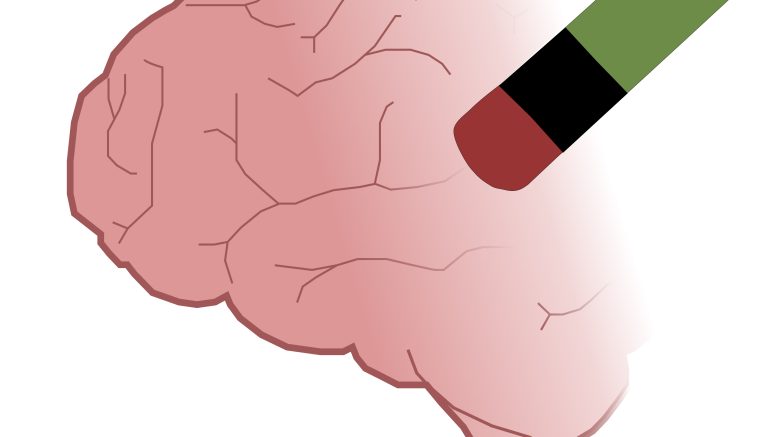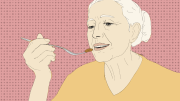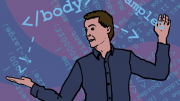Biomedical engineering combines engineering concepts with medical sciences to enhance human health through inventions such as better medical devices and diagnostic equipment.
Zahra Moussavi is a professor, a Canada research chair and former director of the biomedical engineering graduate program in the U of M’s department of electrical and computer engineering.
She was born in Iran and aspired to become a nuclear physicist. Her viewpoint changed, however, when war broke out in Iran.
Despite her background in math and physics, she realized she wanted to work in the medical field after seeing the devastating effects of war injuries in hospitals.
Her journey into biomedical engineering research started with a specialty in signal processing and instrumentation as a young assistant professor.
However, since 2006, her research interest has moved to signal processing for sleep apnea.
“About 80 per cent of people who have sleep apnea have not been diagnosed, and that causes a lot of issues and burden costs,” she said. “For example, a metro driver got off the rail and killed a woman […] and then they found that the driver had severe sleep apnea, undiagnosed.”
Moussavi explains that sleep apnea and its severity can be predicted in a five-minute process, which involves testing during wake time by analyzing respiratory sounds and modelling the upper airway.
Currently, Moussavi is working to convey more information through the sounds without employing images. Imaging the respiratory system is difficult because it involves inserting an endoscope while asleep to determine which region is collapsing.
Moreover, Moussavi runs a unique program for Alzheimer’s disease patients that treats affected individuals daily and offers longitudinal treatment every four months.
“I’ve had patients — the longest who have been with us has been nine years, which is [a] pretty long time for an Alzheimer patient,” she said. “It seems that longitudinally, over the years, we have been able to slow the progression of the disease.”
Moussavi said that there is no cure or medication for Alzheimer’s but researchers can still work to slow its progression. “In fact, the medication effect is very low, the efficacy is 2.5 per cent [which] means one in 40 patients respond […] to the medication.”
“The patients who come to us at earlier stages, at mild stages, it seems that we can help, and over the years, we have shown that we can slow the progression,” she said. “That’s the main thing that we do, and I use different treatment modality, including virtual reality cognitive training — just cognitive exercises paired with electrical simulation as well as magnetic simulation.”
Moussavi shared that the gratitude of patients and their caregivers motivates her.
“We had a 90-year-old gentleman whose children wanted to put him in the nursing home and the last stage of decision making, they brought him to our treatment program, and he improved so significantly, to the extent that that decision, [was reverted],” she said.
Moussavi noted that hearing these remarks and observing his progress encourages her to continue her research even in the most challenging situations.
“All people are smart,” she said. “Everybody can learn anything. All you need to have is to have a passion and desire to learn […] I highly recommend students to continue their studies on something that they are passionate about, whatever it is, and pursue it.”




